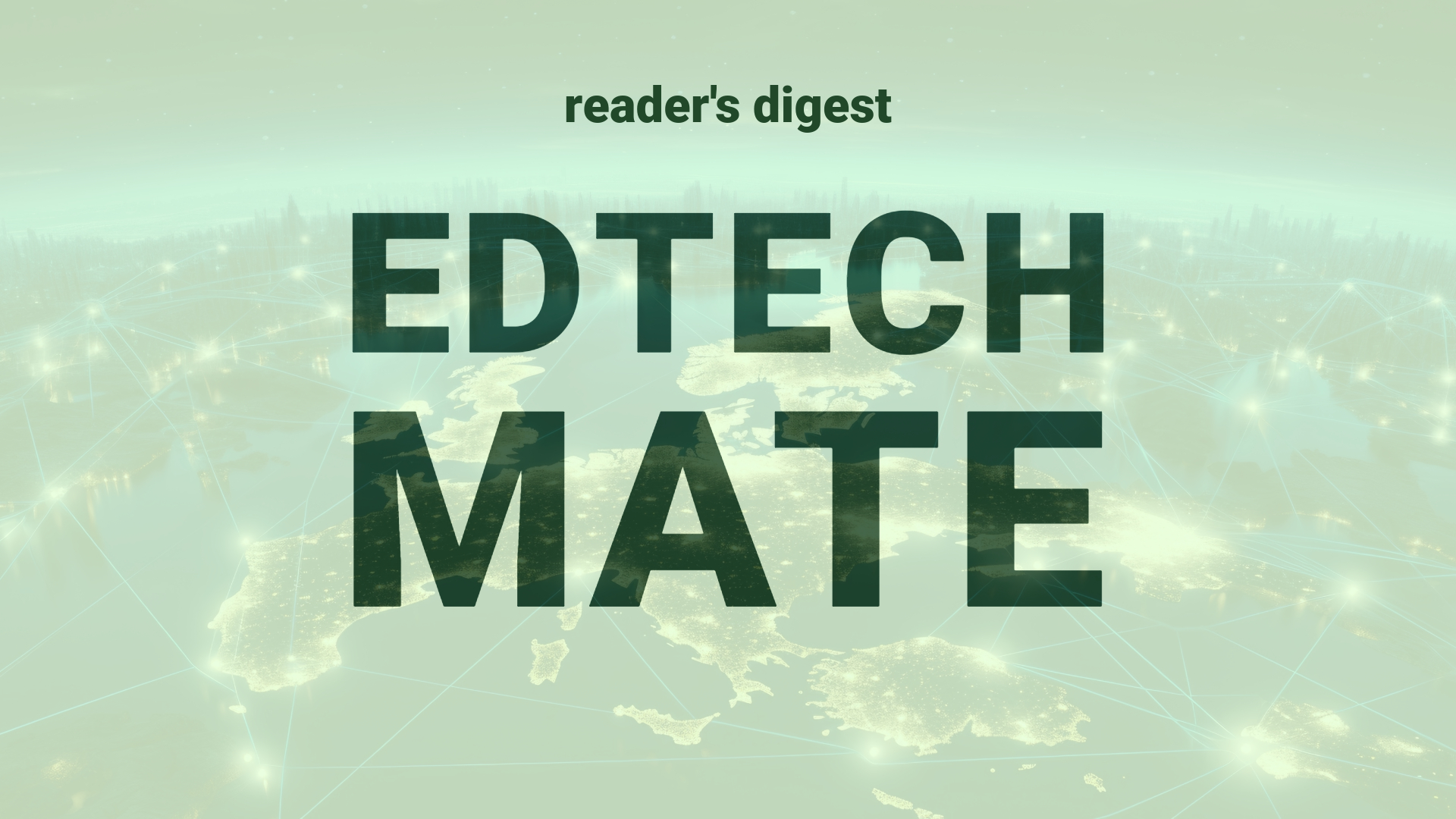Executive Summary and Main Points
In an era of continual digital transformation, significant advancements in cloud resource tracking and governance are noteworthy. Azure’s Change Analysis enhancement stands out with its comprehensive ability to identify personnel and processes responsible for modifications across tenants and subscriptions. This tool offers granular insights into changes by incorporating ‘Actor Functionality’, pinpointing whether Azure services or specific user identities (e.g., ‘AppId’ or email-ID) have initiated the alterations, by which client (e.g., Azure Portal), and the exact operations called.
Potential Impact in the Education Sector
The education industry, particularly within Further Education, Higher Education, and Micro-credential offerings, can benefit immensely from Azure’s Change Analysis. Strategic implementation of this tool could enhance IT governance, auditability, and troubleshooting within educational institutions, all of which contribute towards a robust and secure digital learning environment. It enables precise monitoring of resource changes, ensuring compliance with data governance policies and facilitating seamless digital partnerships across global education systems.
Potential Applicability in the Education Sector
Adopting Azure’s Change Analysis within academia can streamline the management of digital assets and contribute to meticulous operational oversight. For instance, AI-driven analytics could predict resource utilization trends, guide educational application development, and optimize digital tool deployment. Such AI-powered applications can transform the ecosystem of global education, underpinning the creation of adaptive learning environments, enhanced resource allocation, and more intuitive user interfaces that transcend geographical barriers.
Criticism and Potential Shortfalls
While Change Analysis offers detailed reporting capabilities, its efficacy hinges on the recognition of clients and operations, which may present limitations when unknown entities are involved. Moreover, international case studies may reveal variances in Azure’s effectiveness due to differing regional regulations and compliance standards. Ethical and cultural considerations, such as data privacy concerns and institutional acceptance, could also impact the global adoption of such solutions in higher education settings.
Actionable Recommendations
For educational institutions looking to integrate Azure’s Change Analysis, the following recommendations are fitting:
- Implement comprehensive training for staff to leverage the full spectrum of the tool’s capabilities in tracking and analyzing resource changes.
- Develop internal protocols aligning with Change Analysis to enhance digital resource governance and respond promptly to any alterations.
- Consider partnerships with other educational entities to foster knowledge exchange on best practices in utilizing Azure for educational administration.
For future projects, probing into AI-driven predictive modeling for resource utilization can lead to more efficient system designs, bolstering the digital infrastructure of the global higher education landscape.
Source article: https://techcommunity.microsoft.com/t5/azure-governance-and-management/announcing-the-general-availability-of-change-actor/ba-p/4171801

